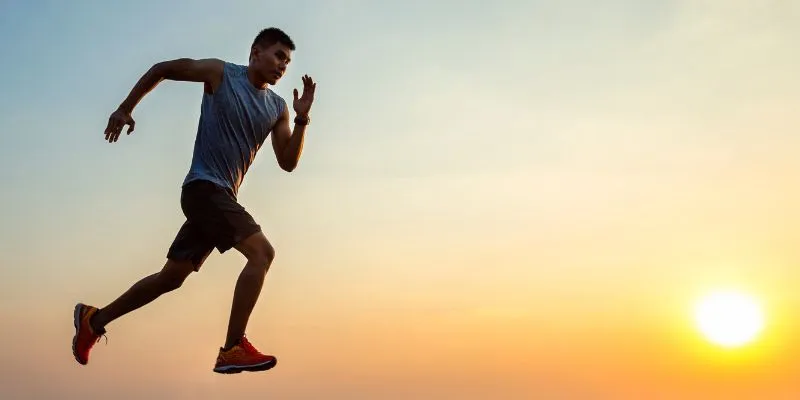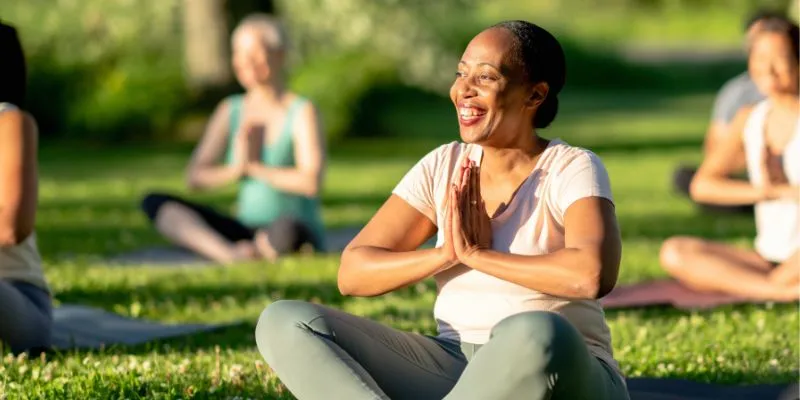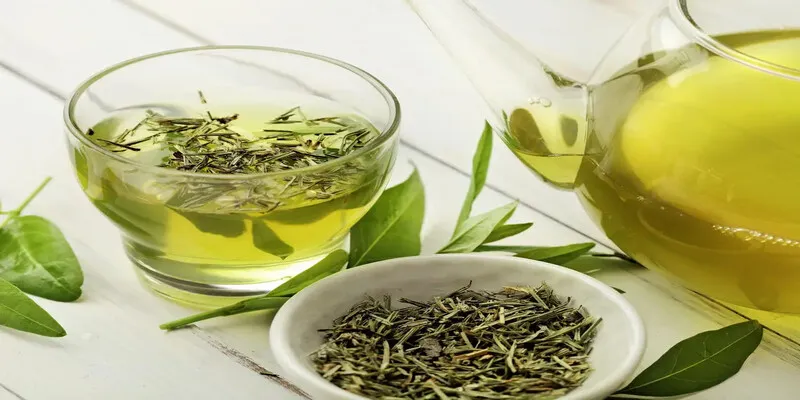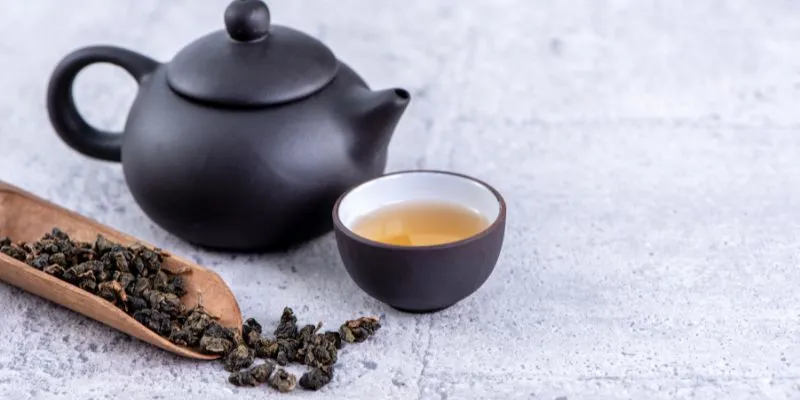Finding Fitness on the Back of a Horse
Fitness doesn’t have to mean lifting weights or running on a treadmill. Horseback riding offers a unique alternative for anyone seeking variety in their exercise routine. Beyond the thrill of riding, this engaging activity provides numerous physical benefits, including improved core strength, balance, and flexibility.
Horseback riding is a full-body workout that requires coordinated muscle action. Despite offering both physical and psychological benefits, many overlook horseback riding as a form of exercise. Let’s delve into how riding a horse can enhance well-being and fitness.

The Physical Benefits of Horseback Riding
Riding a horse is excellent for developing core strength. To manage a horse and maintain balance, riders must engage their core muscles, which works the muscles around the hips, back, and abdomen. The rider continuously adjusts their posture with the horse’s movements, strengthening core and stabilizing muscles.
Balance and coordination are also essential. Unlike walking or running, riders must synchronize with the horse’s movements, enhancing muscle tone and flexibility in the legs and arms. Many riders report reduced back pain and improved posture, as the horse’s movement encourages maintaining a good posture.
Mental Health Benefits of Horseback Riding
Horseback riding supports mental health. Working with horses fosters trust, patience, and focus, creating a bond between rider and animal. This connection provides therapeutic benefits, reducing stress and anxiety, much like mindfulness practices that require presence in the moment.
Spending time outdoors with horses can boost happiness. Being in nature, away from daily pressures, can provide mental clarity. Horseback riding has been linked to reduced levels of anxiety and depression, offering not only physical but also emotional well-being.
Cardiovascular Fitness through Riding
Beyond core strength and balance, horseback riding enhances cardiovascular fitness. Riding at a trot or gallop increases heart rate, boosting cardiovascular endurance. Over time, this strengthens the heart and lungs.
Riders engaging in more vigorous activities, like jumping or trail riding, can achieve higher levels of cardiovascular fitness. These activities demand more physical effort, requiring full-body muscle engagement, leading to improved stamina and endurance.
Flexibility and Balance Training
Horseback riding significantly improves balance and flexibility. Riders must adapt and balance with the horse’s movements, enhancing body awareness and connection.
Flexibility is essential to maintain proper posture and fluid motion with the horse. Over time, regular stretching of hip and leg muscles increases flexibility. Riders often find themselves more agile and balanced, even off the horse, leading to better mobility and stability in daily life.
The Role of Stability and Muscle Control
Horseback riding demands excellent muscle control and stability. Riders must continuously adjust their posture to maintain balance and direct the horse, engaging various muscle groups, especially in the legs, back, and core.
Maintaining control and stability on a moving horse strengthens stabilizer muscles, crucial for injury prevention. Riders learn to remain steady, improving movement control and reducing the risk of falls. Riding enhances stability both on and off the horse.
Horseback Riding as a Full-Body Workout
Horseback riding engages numerous muscle groups, providing a full-body workout. It works the legs, core, arms, and back, with upper-body movements like steering and controlling the horse.
Activities such as trotting and jumping further stretch upper-body muscles. Riders constantly adjust their posture and apply pressure to interact with the horse, continuously engaging muscles. This builds strength, making the body stronger and more resilient over time. Few exercises offer such a comprehensive workout.

Connecting with Nature and Physical Fitness
Horseback riding enhances physical health while connecting with nature. Riding through fields and trails allows riders to appreciate the scenery and experience adventure. Outdoor activity has notable health benefits, including improved mood and reduced stress.
Exercising in nature boosts motivation. Riding a horse in open environments provides many with a sense of freedom and escape, making horseback riding a fun and fulfilling exercise option that combines fitness with leisure.
The Long-Term Fitness Benefits of Horseback Riding
Consistent horseback riding offers long-term fitness benefits. Regular riders develop a strong core, improved balance, and increased flexibility over time. As a low-impact activity, it reduces injury risk compared to some other exercises. Regular riding enhances mental resilience, cardiovascular fitness, and muscle endurance.
Suitable for various ages, horseback riding makes an ideal lifelong hobby. Riders often continue into their senior years, enjoying both the physical and psychological benefits. The constant challenges of horseback riding keep it engaging, ensuring long-term activity and health.
Conclusion
Horseback riding offers a unique blend of physical and psychological benefits. It enhances core strength, balance, and cardiovascular health while reducing stress and improving mood. For those seeking an alternative to traditional exercise routines, horseback riding provides a connection with nature, mental relaxation, and a rewarding workout. With long-term benefits for both body and mind, horseback riding is an excellent choice for anyone seeking fitness and well-being on horseback.











